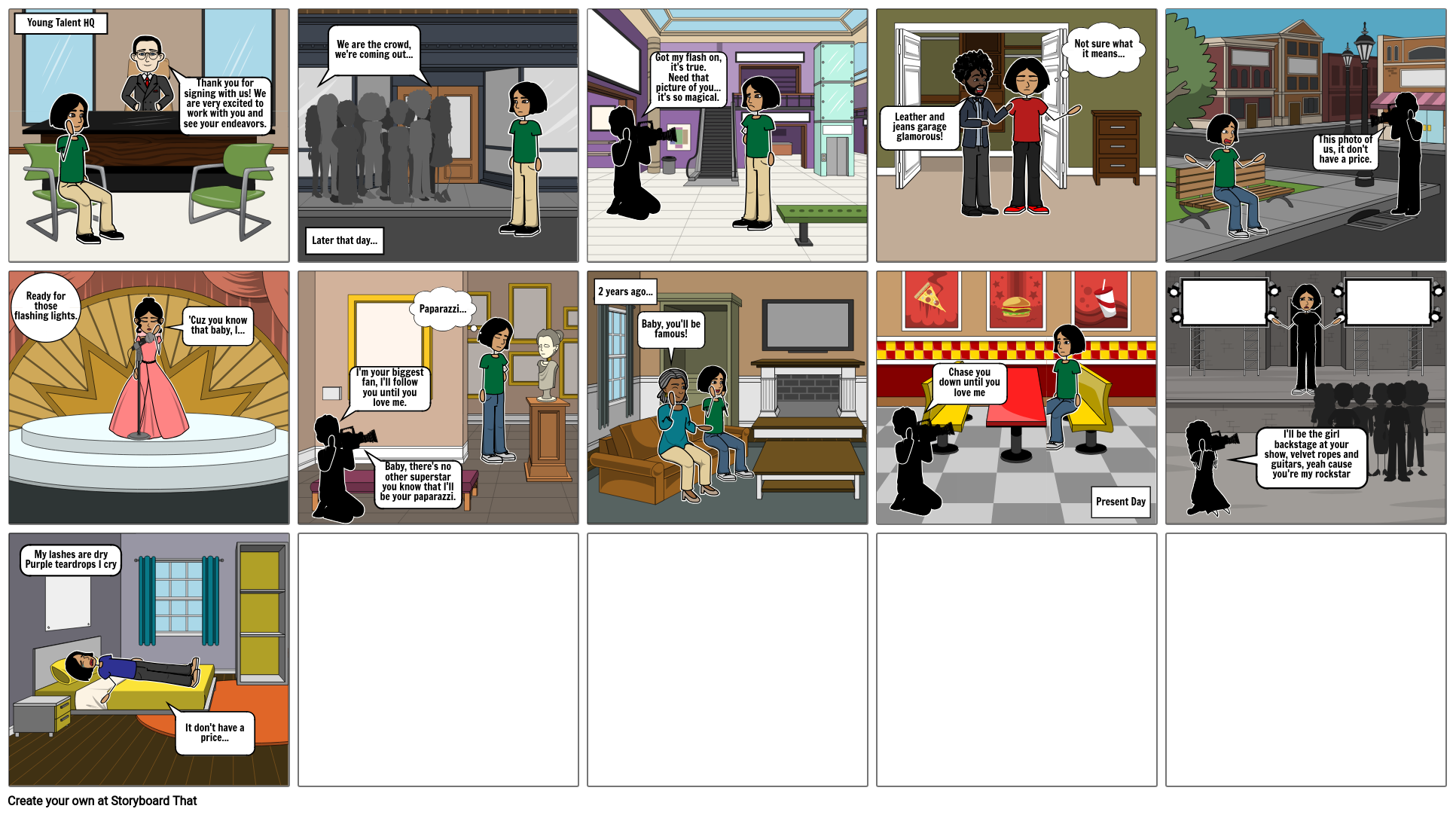



In Iceland, almost 100% of babies with Down syndrome are aborted, because the take-up for screening is very high and almost all babies then have their lives ended. We give parents realistic expectations about future problems and generally, women carrying fetuses with severe malformations are recommended to terminate the pregnancy." Recommending abortions isn't an obligation but we give very realistic prognoses.
#CAUSE BABY ARE YOU DOWN DOWN DOWN PROFESSIONAL#
In a 2015 interview with Vice News, the Professor of Gynaecology and Obstetrics at the University of Copenhagen, said: "I think that Danish women are less sentimental about aborting malformed fetuses partly because that view is supported by professional medical staff. This shocking and tragic reality is not brought about by chance.

Six years previously, in 2010, of the 156 babies diagnosed with Down syndrome in utero, every single one was aborted. 133 children were aborted while just 4 were born. In 2016, according to official figures 137 preborn babies were diagnosed the condition in Denmark. In Denmark, the Danish Cytogenetic Central Register, shows an average of 98% of babies diagnosed with Down syndrome before birth are aborted each year. In Britain, 90% of babies diagnosed with Down Syndrome are aborted before birth according to the National Down Syndrome Cytogenic Register. However, the facts are both deeply shocking and incontrovertible: They have disputed both the right of parents to speak out about their child’s right to life, and the statistics which have emerged in the debate. And, as always, your best bet is to ask your provider if everything looks good, and if you get a green light just wait for labor to start or ask about induction.Abortion campaigners and the media have been trying to silence people with Down Syndrome and their families this week, insisting that the shocking reality of the 90+% abortion rates for babies with the condition should not feature in the debate. While it's natural to worry if your baby hasn't dropped, especially if you're getting close to and/or are past your due date, it's generally not a big deal. In fact, as Heidi Murkoff, author of What to Expect When You're Expecting, notes, while feeling your baby drop is common with first pregnancies, most pregnant people won't notice a difference during their second or subsequent pregnancies, which might explain why my last two babies "didn't drop." According to the American College of Obstetrics and Gynecology (ACOG), your baby dropping (also called lightening), or physically moving towards your birth canal, might actually happen weeks before labor. So, starting in your last month of pregnancy, your provider will schedule regular checks to make sure that your soon-to-be baby is at least headed in the right direction.
#CAUSE BABY ARE YOU DOWN DOWN DOWN HOW TO#
That's when I learned how to get through pregnancy when your baby hasn't dropped because, well, I didn't have much of a choice.Īs the Cleveland Clinic notes, the ideal place for your baby to be during delivery is head down and facing your back. When I was pregnant with my second, my son, he seemed determined to stay put, lodged under my rib cage and nowhere near my cervix. But having your baby drop "early" isn't as bad as having your baby not drop at all. My daughter had dropped weeks prior, so every day it felt like I was carrying a bowling ball between my legs. When I was pregnant with my first I went days past my due date and, as you can imagine, I was frustrated.


 0 kommentar(er)
0 kommentar(er)
